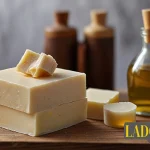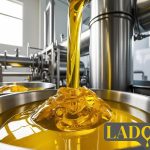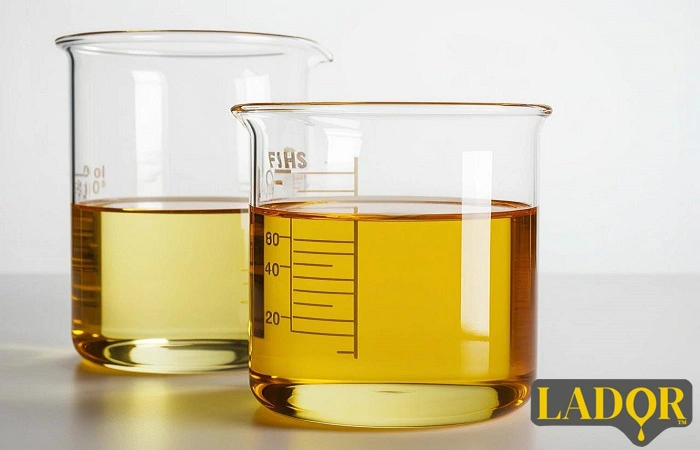

Hydrogenated oil is a product of the hydrogenation process of liquid vegetable oils. This process is carried out with the aim of increasing the melting point of the oil and converting it into a solid or semi-solid state. As a result of this process, the oil becomes more stable and its shelf life increases. Today, this oil is most widely used in the livestock, cosmetics and hygiene, pesticide manufacturing, and chemical polymer industries. Join us to learn more about hydrogenated oil.
Hydrogenated oil is a type of oil that loses its liquid state and becomes solid through a chemical process called hydrogenation. In this process, hydrogen is added to the oil to break the double bonds of unsaturated fatty acids, converting them into saturated bonds. This change in structure increases the oil’s melting point, making it solid at room temperature.
Due to its specific physical and chemical properties, this oil has found wide applications in various industries. Some of the most important include:

Liquid Vegetable Oils: Various vegetable oils such as soybean, sunflower, corn, and cottonseed are used as main raw materials in the production of hydrogenated oil for livestock. The choice of oil type is based on factors such as price, availability, and desired nutritional specifications.
Hydrogen: Hydrogen is a gas that is added to the double bonds of unsaturated fatty acids in the oil during the hydrogenation process, causing them to become saturated and turning the oil into a solid state.
Catalyst: Catalysts are substances that increase the speed of the hydrogenation reaction. Precious metals such as nickel or palladium are commonly used as catalysts.
Oil Selection: First, the suitable liquid vegetable oil is chosen.
Oil Preparation: The oil is refined and prepared to remove impurities.
Hydrogenation: The oil is mixed with hydrogen in a reactor under high pressure and temperature and in the presence of a catalyst. In this stage, the double bonds of the unsaturated fatty acids are broken, and hydrogen is added to them.
Catalyst Separation: After the reaction is complete, the catalyst is separated from the oil.
Final Refining: The hydrogenated oil is refined to remove unwanted color, odor, and taste.
Packaging: Finally, it is packaged in suitable containers for use in animal feed.
Increased Diet Energy: Due to their high energy content, these oils are a good source for providing energy in the animal feed ration.
Improved Meat Quality: The use of these oils can help improve the texture and color of the meat.
Increased Milk Production: In some cases, the use of hydrogenated oil in the diet of dairy cattle has been associated with increased milk production.
Greater Stability: Hydrogenated oils have greater resistance to oxidation compared to liquid oils, and therefore have a longer storage period.
Hydrogenated oils specifically for livestock can be divided into the following categories:
Such as soybean oil, sunflower oil, and palm oil. These oils are widely used in animal nutrition.
Such as beef tallow and lard (pork fat).

The amount of hydrogenated oil used in the animal feed ration must be determined based on the type of livestock, age, breed, and physiological condition.
The selection of this type of oil should be made considering its fatty acid composition.
High-quality and fresh hydrogenated oils must be used. The hydrogenation process can eliminate some vitamins and minerals present in the oil.
Hydrogenated oils can have countless applications in animal nutrition and various industries. The Aala oil Sepahan factory, with the brand name Lador, with years of experience, advanced equipment, and the help of seasoned experts, has produced various types of livestock and industrial oils such as; hydrogenated poultry oil, pure crude soybean oil, sunflower oil, animal soybean oil, and countless other products. For price inquiries and more information, please contact the experts at LadorFat.